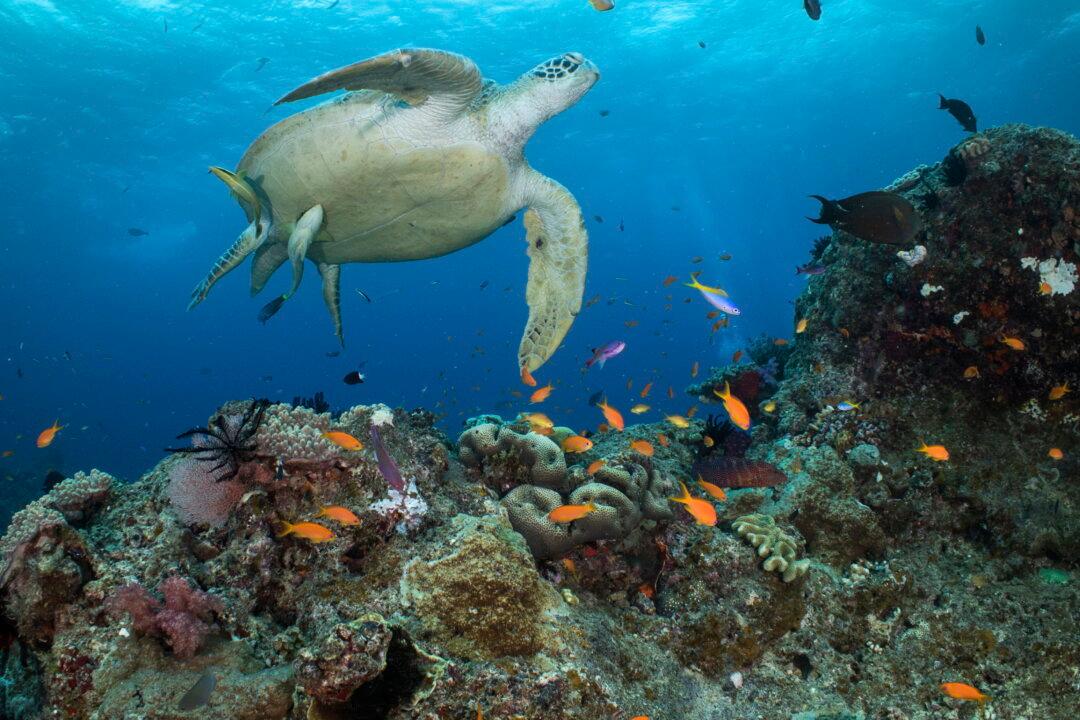An Australian geophysicist has called a new government report—which claims Australia’s ecosystem is at risk of collapse—a “political statement” that deliberately omits important data to fulfil the climate change narrative.
The State of the Environment report recently released on July 19 by Tanya Plibersek, the federal environment and water minister, was compiled by a group of scientists who claimed Australia’s environment was under “extreme pressure” due to factors such as climate change, habitat loss, invasive species, pollution, and resource extraction.




